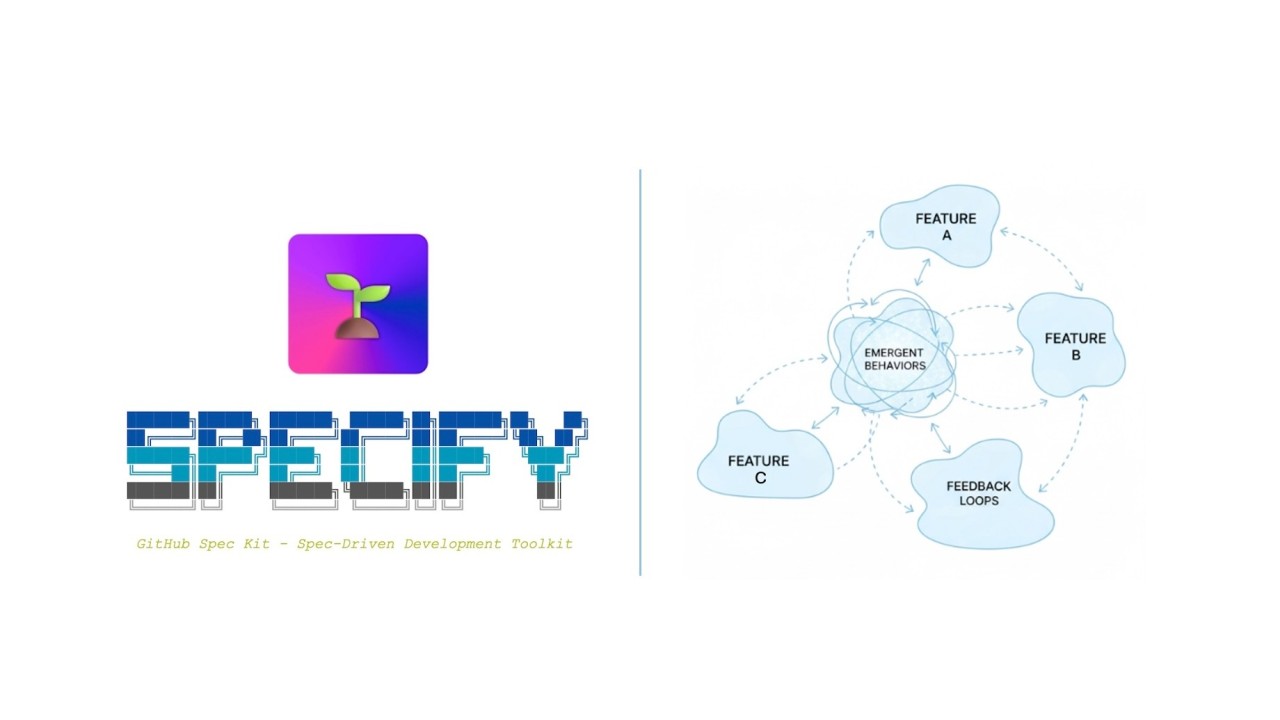on
Spec Driven Development: Analysing Across Features with Systems Thinking

Logos are property of their respective owners
This is a summary of the article originally published on LinkedIn.
Specification Driven Development helps break down features into structured plans with actionable tasks. While GitHub Spec Kit’s /analyze command ensures consistency within a feature, what happens when features interact? This is where non-linear thinking and Systems Thinking become essential.
Key Takeaways
-
Features interact in non-linear ways — While linear thinking works within a single feature, contradictions, feedback loops, and emergent behaviors often appear when features interact. Systems Thinking helps identify these complex interactions before implementation.
-
Two dimensions of analysis —
/analyzeprovides vertical alignment (ensuring spec, plan, and tasks are consistent within a feature), while the experimental/cross-featurecommand provides horizontal alignment (detecting how features affect each other). -
Real-world complexity needs cross-feature analysis — In an e-commerce example with “Add to Cart” (reducing inventory), “Abandoned Cart” (restoring inventory after 15 minutes), and “Low Stock Alert” (email when stock drops below 5 units), the
/cross-featurecommand detected a potential notification storm during high-traffic periods. -
Early detection prevents production issues — By surfacing cross-feature oscillations and conflicts during the specification phase (before any code is written), teams can ask clarifying questions and make informed design decisions, preventing bugs and rework.
-
Experimental command enables rapid iteration — The
/cross-featurecommand remains experimental, allowing teams to test and provide feedback on cross-feature analysis approaches using Systems Thinking and other perspectives as the methodology evolves.
Read the full article on LinkedIn →
Originally published on LinkedIn on October 3, 2025